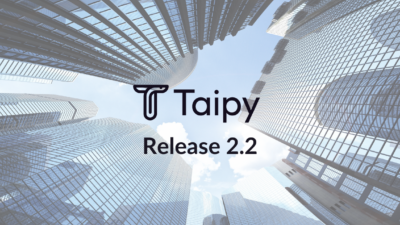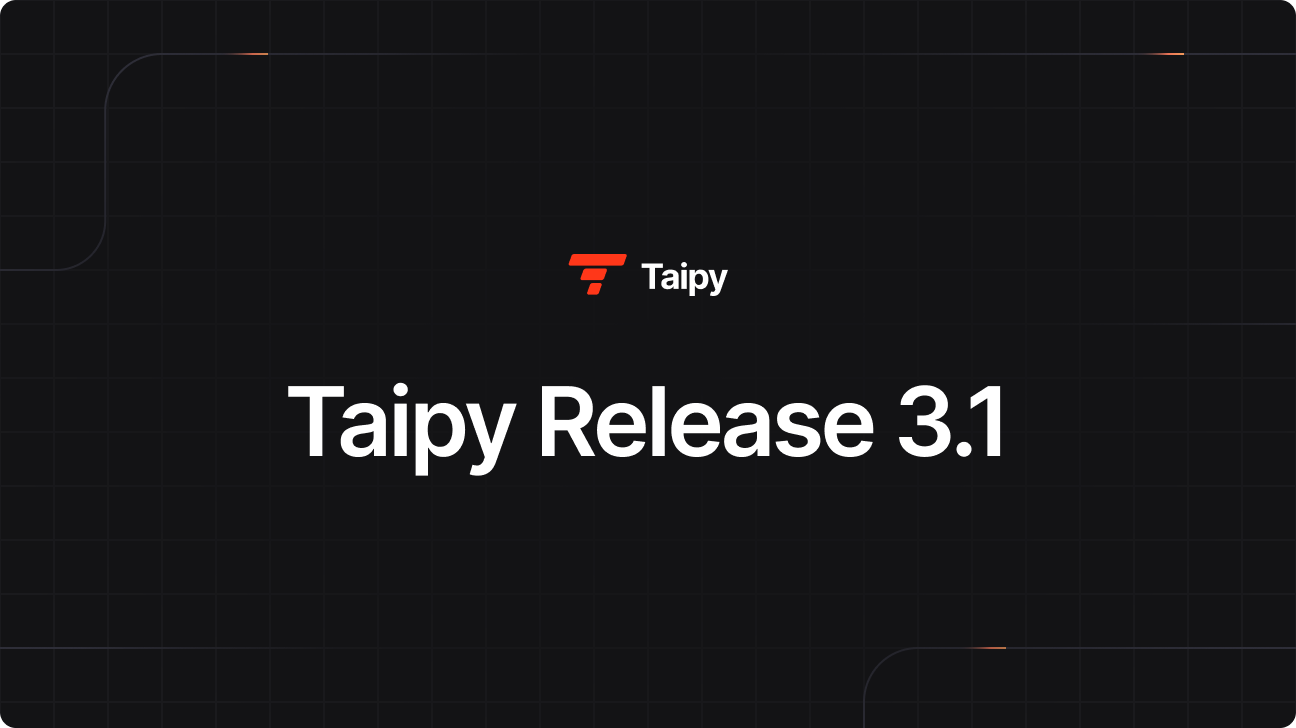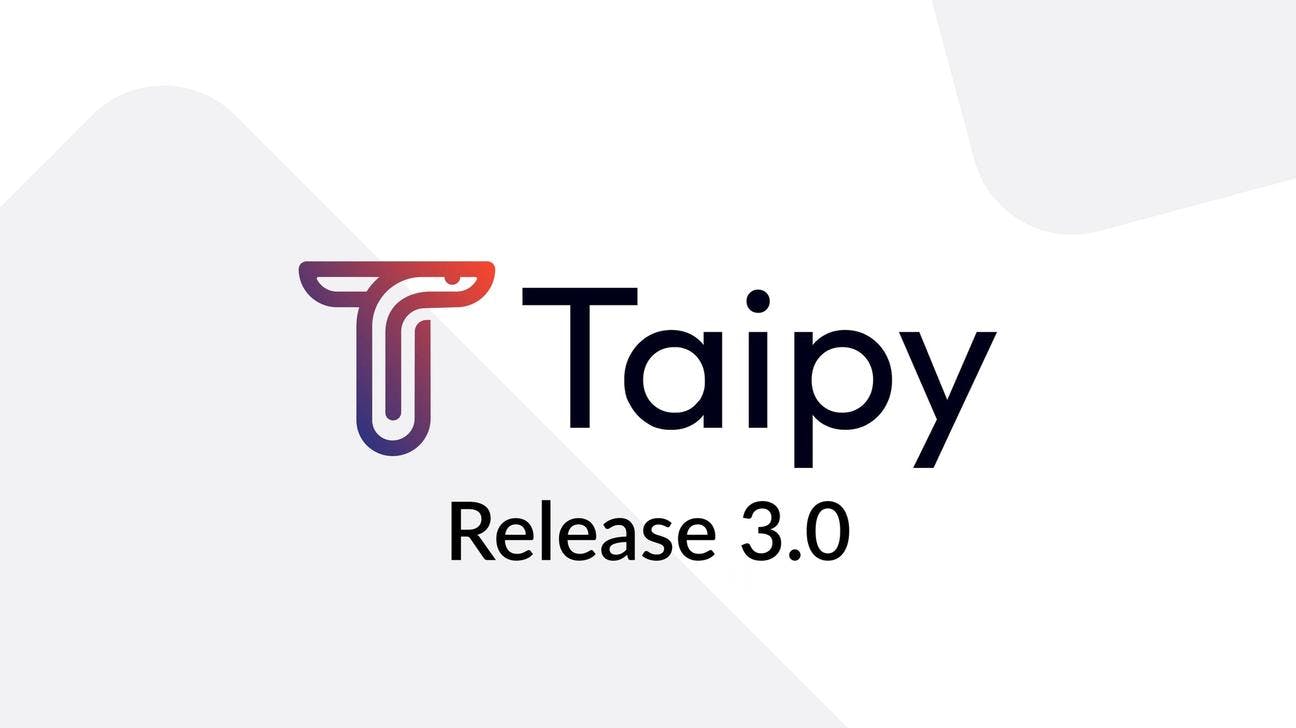Dear users & community members,
We are pleased to announce the release of Taipy 2.2 Community Edition aired on April 14th, 2023.
This is Taipy Community’s fifth release. And the main features, improvements, changes and fixed bugs concern Taipy frontend.
At Taipy, our main objective is to help with a wide range of Python developments: from simple pilots with dashboards to complex Python applications, multi-user, highly interactive, embedding AI models, etc.
We launched Taipy in 2022 with a radical idea: creating powerful Python web applications as quickly as possible. That’s why Taipy was born.
As one of the two components of Taipy, the frontend provides a simple and low-code syntax that helps accelerate the process of creating interactive and customizable multiple-page dashboards with augmented Markdown. This web application builder generates highly interactive interfaces without requiring any knowledge of web development.
There are a lot of reasons for using Taipy :
- It fastens the creation of an interactive application.
- It easily and efficiently manages variables and events.
- Easy visualization with Markdown syntax.
Taipy 2.2 New Features
- The Stylekit : A default set of stylesheets are installed with Taipy so that, by default, applications benefit from a homogeneous and good-looking style. The Stylekit can be easily customized to fit your application design’s requirements.
- Rebuild property : The table and chart controls have a new property that can be used if you need to entirely change the data they rely on, including their structure.
Taipy 2.2 Improvements and changes
- The default property name for the part block was changed from render to class_name to allow for directly using the style classes from the Stylekit.
- Please check the section on Styled Sections for more information.
- The expandable block has a new property called on_change enabling to set a specific callback when the block is expanded or collapsed.
- Better error messages when parsing Markdown content.
- Better support for auto-completion in IDE for the Gui.run() configuration parameters, based on a generated Python Interface Definition file.
- The status entry point now provides information about the loaded element libraries and the elements they define.
- The navigate() function and the page property of the part block can now use, as their target, any URL. In the context of a part block, the page will be rendered in an iframe.
Find more information in our release notes on our .
Have great fun developing pilots and projects with Taipy, and stay tuned for upcoming updates! And thank you for inspiring us with your feedback, enthusiasm, and creativity.
Please keep on being proud of your web applications and share them with us. And don’t forget to keep sending us comments, ideas, bugs, feature requests, articles, or even words of encouragement on our GitHub
- Copied!




